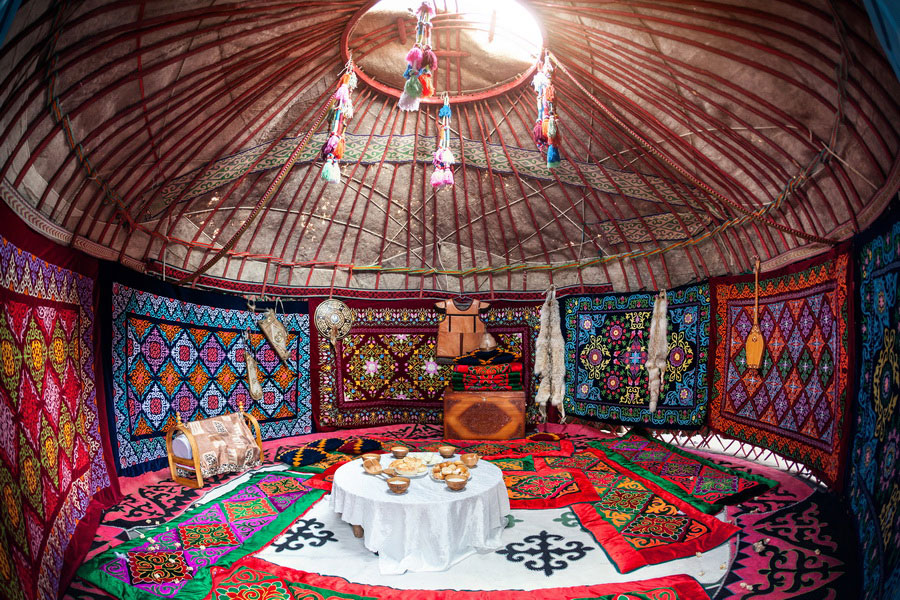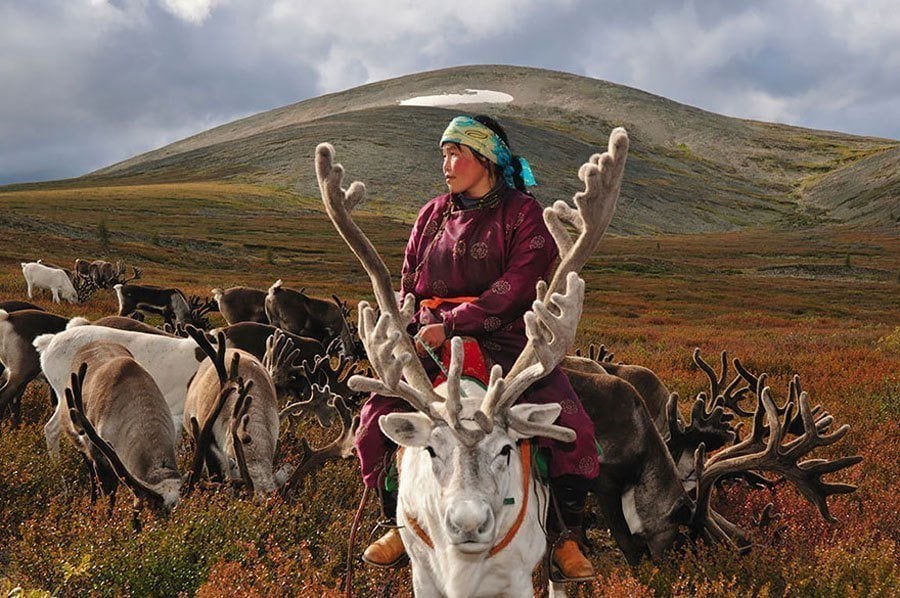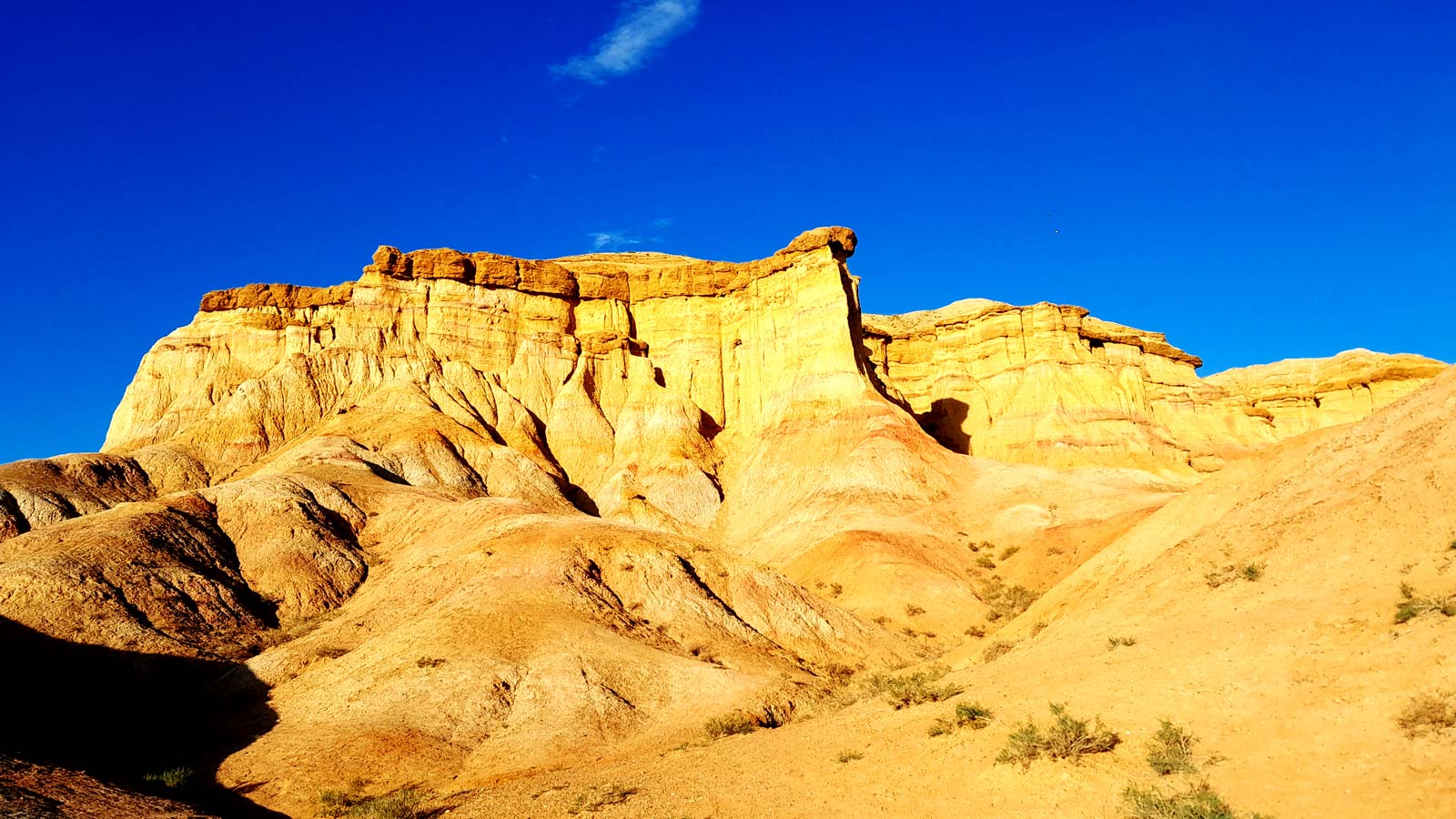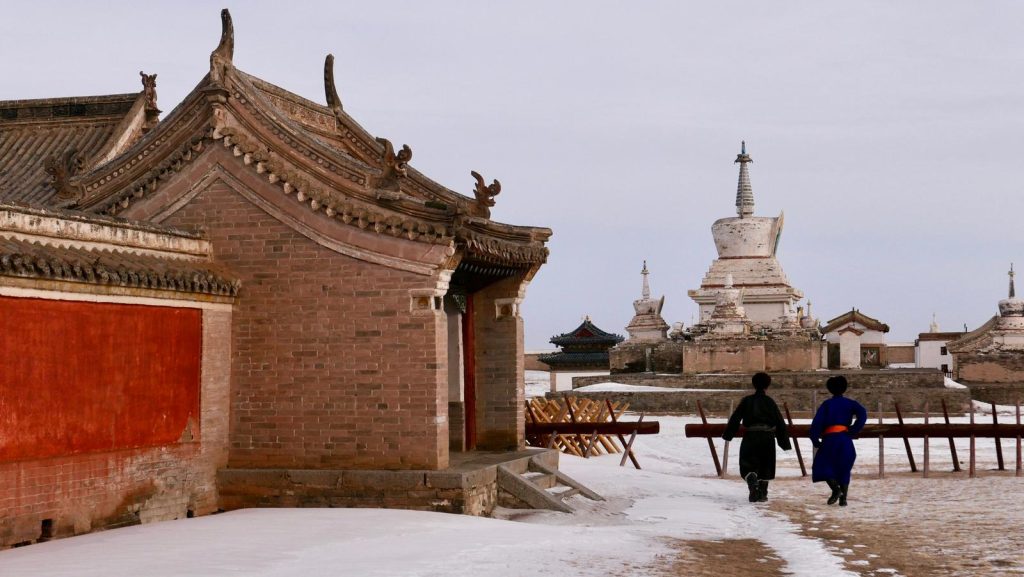Top places you must see in Ulaanbaatar city
Here are some articles about Mongolia without any classification:
Things to Know Before Traveling to Mongolia:
Mongolia is a land defined by boundless steppes, blue skies, and roving nomads. It’s perfectly set up for adventure and cultural immersion.
Travel Season: Mongolia’s travel season is fleeting, stretching from late May to late August. The best drivers, guides, and vehicles get booked up quickly, so booking tours ahead is essential.
Itinerary Tips: Avoid trying to see too much of Mongolia in one go. Focus on one area or schedule at least two nights in each destination to slow down and enjoy the majesty of the Mongolian landscape.
Domestic Travel: Book domestic travel tickets through local Mongolian agencies to handle last-minute changes.
Self-Drive Trips: If you plan to drive yourself, avoid July and August when grassy tracks become waterlogged and the risk of getting stuck rises1.
Mongolia Travel Stories:
Discover amazing travel experiences in Mongolia with Lonely Planet’s insider tips, inspirational traveler stories, and expert guidance from around the world.
Mongolia Travel Guide by National Geographic:
Explore Mongolia’s life among nomadic herders, summit peaks, and celebrate its winter on an ancient, frozen lake.
Best in Travel: Mongolia:
Mongolia offers wide-open spaces, adventure, and culture. Get a glimpse of what it’s like to travel there.
Remember, Mongolia awaits with its unique blend of adventure, natural beauty, and warm hospitality!

If you are planning a trip to Ulaanbaatar, there are several must-see attractions and activities that you might enjoy:
- Gandantegchinlen Monastery: This is one of the largest and most important monasteries in Mongolia, featuring impressive architecture and beautiful Buddhist art.
- Sukhbaatar Square: Also known as Chinggis Square, this central square is a hub of activity and a great place to people-watch.
- National Museum of Mongolia: Learn about the history and culture of Mongolia through exhibits showcasing artifacts and treasures.
- Zaisan Memorial: Climb to the top of the hill to enjoy panoramic views of the city and the surrounding landscapes.
- Bogd Khan Palace Museum: Explore the former residence of the last Mongolian emperor, featuring a collection of artifacts and a glimpse of royal life.
For transportation, you can explore the city on foot, take a taxi, or use public transportation like buses and trolleybuses. There are also options to rent a car for more convenience.
For accommodations, Ulaanbaatar offers a range of options from budget-friendly hostels to luxury hotels. Some popular areas to stay include the city center or near Sukhbaatar Square for easy access to major attractions.
Feel free to share your budget and preferences so I can provide more specific recommendations for accommodations and additional activities in Ulaanbaatar.
Top places you must see in western Mongolia

Western Mongolia is known for its stunning natural landscapes and nomadic culture. Here are some must-see places in the region:
- Altai Tavan Bogd National Park: This national park is home to the Altai Mountains, stunning glaciers, and the five peaks known as Tavan Bogd. You can go hiking, horseback riding, or visit ancient petroglyphs in the area.
- Khovd Province: Explore the diverse landscapes of Khovd Province, from deserts to snow-capped mountains. Visit local Kazakh communities and experience their unique culture and traditions.
- Tsenkher Cave Temple: This cave temple in Uvs Province features ancient Buddhist artwork and is a spiritual site for locals.
- Olgii: The capital of Bayan-Olgii Province is a hub for Kazakh culture and offers a chance to experience traditional nomadic life, attend eagle hunting festivals, and explore the surrounding mountains.
- Lake Khoton and Lake Khurgan: These two pristine lakes offer opportunities for camping, fishing, and enjoying the natural beauty of the Altai Mountains.
For transportation in western Mongolia, you may need to hire a local driver with a 4×4 vehicle, as some areas are remote and off-road. Accommodations in this region range from traditional yurts to guesthouses and homestays with local families.
Depending on your budget and preferences, there are also tour operators that offer guided trips to western Mongolia, taking care of transportation, accommodations, and activities to ensure you have a memorable experience.
Feel free to let me know if you have any specific interests or budget considerations so I can tailor my recommendations further for your trip to western Mongolia.
Top places in northern Mongolia that must visit

Khuvsgul Province in northern Mongolia is a beautiful region known for its stunning landscapes and cultural heritage. Here are some of the best places to see in Khuvsgul Province:
- Khuvsgul Lake: This pristine alpine lake is the centerpiece of the province and is one of the largest freshwater lakes in Mongolia. You can enjoy activities like boating, fishing, and horseback riding along the shores of the lake.
- Khuvsgul National Park: Surrounding Khuvsgul Lake, this national park offers opportunities for hiking, wildlife viewing, and experiencing the nomadic way of life. You can also visit the Tsaatan (Reindeer People) who live in the region.
- Uran Togoo – Tulga Uul Natural Monument: This volcanic area features the extinct Uran Togoo volcano and the rocky outcrop of Tulga Uul. You can hike to the crater of Uran Togoo for panoramic views of the surrounding landscape.
- Khatgal: This small town on the shores of Khuvsgul Lake serves as a gateway to the province and a starting point for various outdoor activities. Explore the local market, visit the Khuvsgul Province Museum, or take a boat trip on the lake.
- Darkhad Valley: This lush valley is home to the Darkhad ethnic group and offers a chance to experience traditional nomadic culture. You can hike in the valley, visit local families, and learn about their way of life.
For transportation in Khuvsgul Province, you can hire a local driver with a 4×4 vehicle to explore the region’s rugged terrain and reach remote destinations. Accommodation options range from ger camps near Khuvsgul Lake to guesthouses and homestays in local communities.
When planning your trip to Khuvsgul Province, consider the best time to visit (summer for warmer weather and more activities), your interests (nature, culture, adventure), and your budget for accommodations and tours.
Feel free to let me know if you have any specific preferences or questions so I can provide more tailored recommendations for your trip to Khuvsgul Province.
Top destinations of Gobi desert that you must see

Exploring the Gobi Desert in Mongolia is a unique and memorable experience, full of stunning landscapes and rich cultural heritage. Here are some of the best places to see in the Gobi Desert:
- Khongoryn Els Sand Dunes: These massive sand dunes can reach heights of up to 300 meters and are a breathtaking sight, especially at sunrise or sunset. You can hike to the top for panoramic views of the desert.
- Yolyn Am (Eagle Valley): This narrow valley is known for its dramatic rock formations and icy gorge, which remains frozen well into the summer. It’s a great place for hiking and birdwatching.
- Bayanzag (Flaming Cliffs): This famous red rock formation is where dinosaur eggs and fossils were discovered. The area is known for its beautiful sunsets and unique landscapes.
- Gobi Gurvansaikhan National Park: This national park is home to diverse ecosystems, including the Flaming Cliffs, Yolyn Am, and the Khongoryn Els Sand Dunes. You can spot wildlife like wild sheep, ibex, and snow leopards.
- Ongi Monastery Ruins: Located in the middle of the desert, these ancient monastery ruins offer a glimpse into Mongolia’s religious history and provide a peaceful atmosphere for exploration.
For transportation in the Gobi Desert, you can hire a local tour guide or driver with a 4×4 vehicle to navigate the rugged terrain. Accommodation options range from traditional ger camps to luxury yurts with modern amenities.
When planning your visit to the Gobi Desert, consider factors such as the best time to visit (typically from late spring to early autumn), your preferred activities (hiking, camel treks, cultural experiences), and your budget for accommodations and tours.
Let me know if you have any specific preferences or questions so I can provide more tailored recommendations for your trip to the Gobi Desert.
Top places to see in central Mongolia

Central Mongolia has a wealth of cultural and historical sites, as well as beautiful natural landscapes. Here are some of the best places to see in central Mongolia:
- Kharkhorin: Known as the ancient capital of the Mongol Empire, Kharkhorin is home to the Erdene Zuu Monastery, one of the oldest monasteries in Mongolia. Explore the ruins of the old city and visit the museum to learn about Mongolia’s history.
- Orkhon Valley: A UNESCO World Heritage Site, the Orkhon Valley is a picturesque river valley known for its grasslands, forests, and historical sites. Visit Tuvkhun Monastery, the impressive waterfall Ulaan Tsutgalan, and the ancient deer stones.
- Hustai National Park: Famous for its population of wild Przewalski’s horses, Hustai National Park is a great place for wildlife viewing and birdwatching. You can also explore the beautiful scenery of the park on guided tours.
- Tsenkher Hot Springs: Relax in the natural hot springs of Tsenkher, surrounded by scenic mountains and lush landscapes. The springs are believed to have healing properties and are a popular destination for visitors.
- Khustai National Park: This park is known for its successful reintroduction of the Takhi, or Przewalski’s horse, to their natural habitat. Visitors can see these majestic animals roaming freely in the park.
For transportation in central Mongolia, you can hire a local driver with a 4×4 vehicle to visit the various sites and navigate the sometimes rough terrain. Accommodation options range from traditional ger camps to guesthouses and hotels in larger towns like Kharkhorin.
When planning your trip to central Mongolia, consider the best time to visit (summer for milder weather and more activities), your interests (history, nature, wildlife), and your budget for accommodations and tours.
If you have any specific preferences or questions, feel free to let me know so I can provide more tailored recommendations for your trip to central Mongolia.
